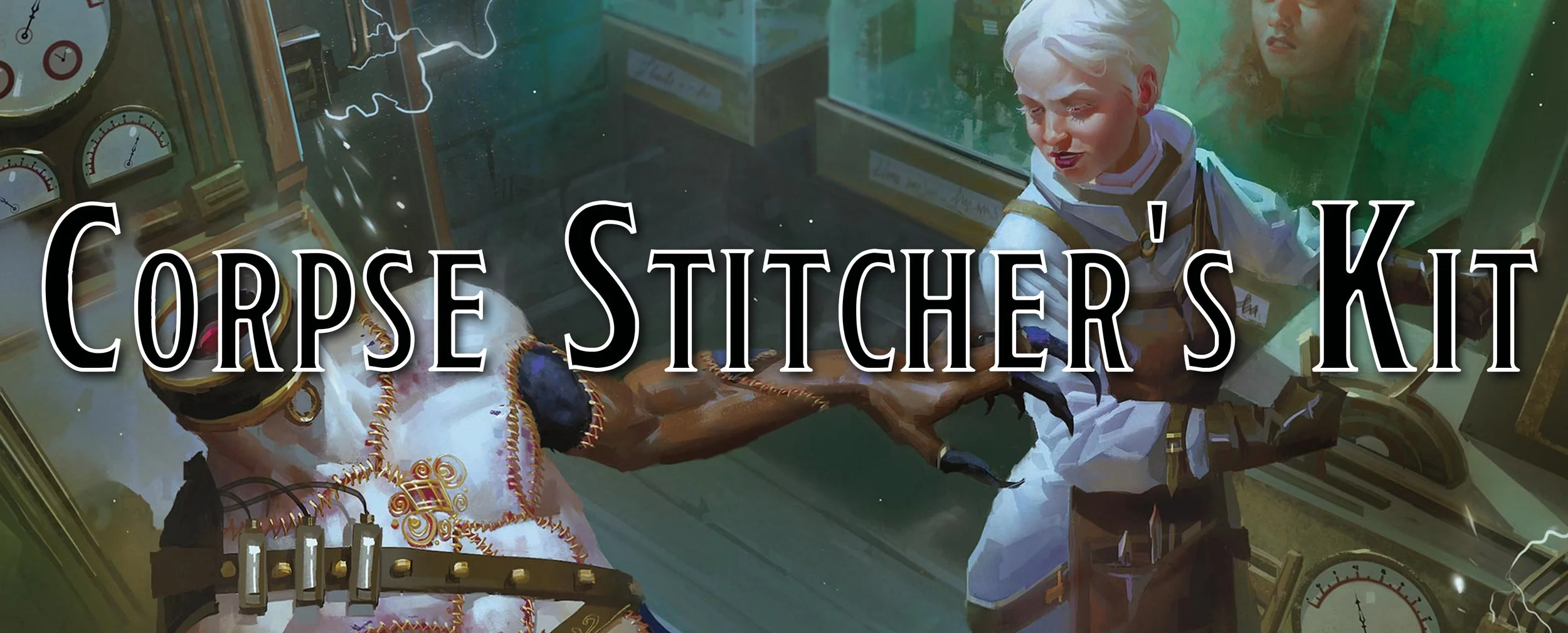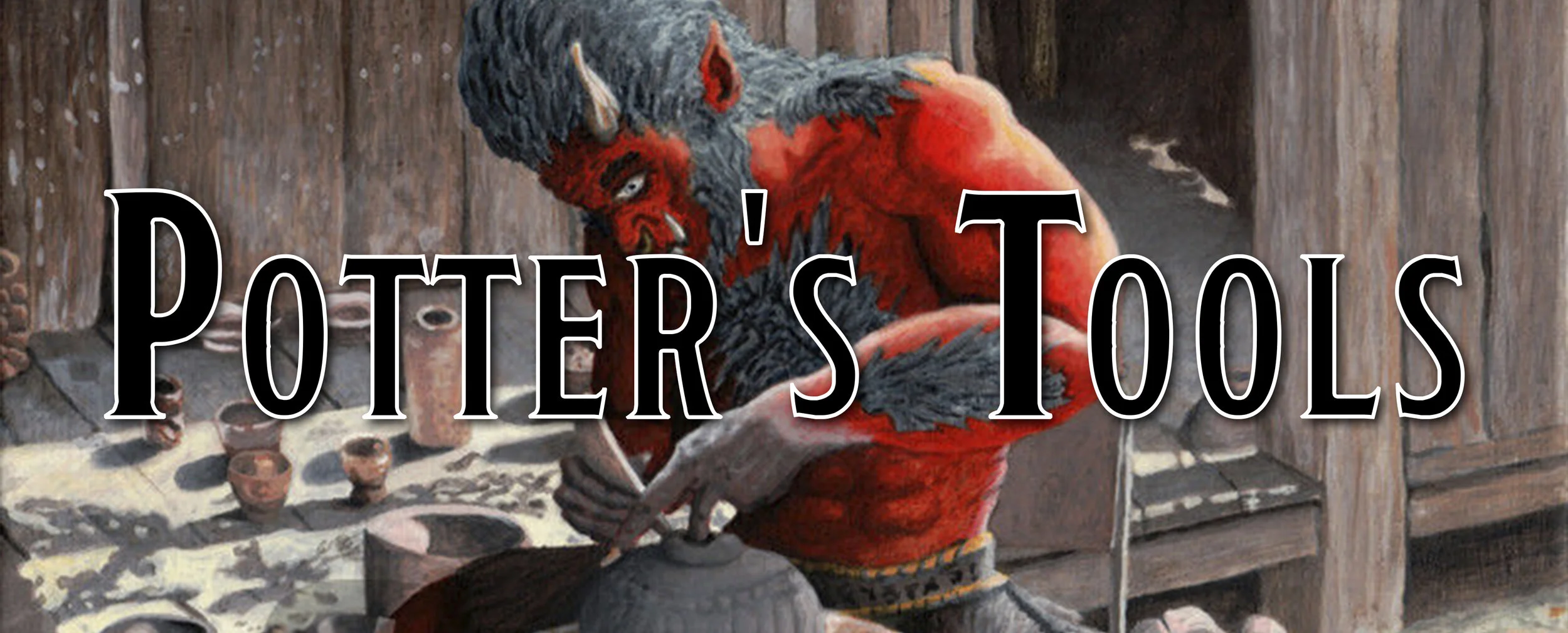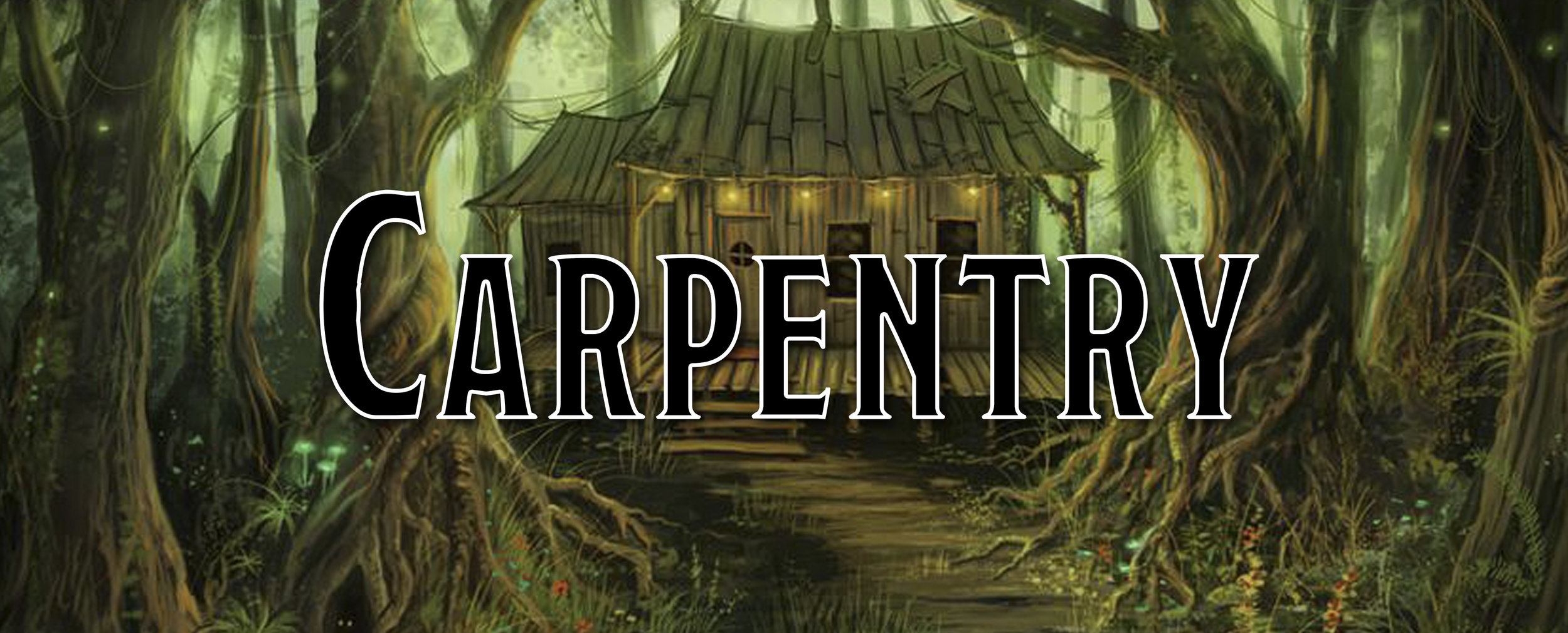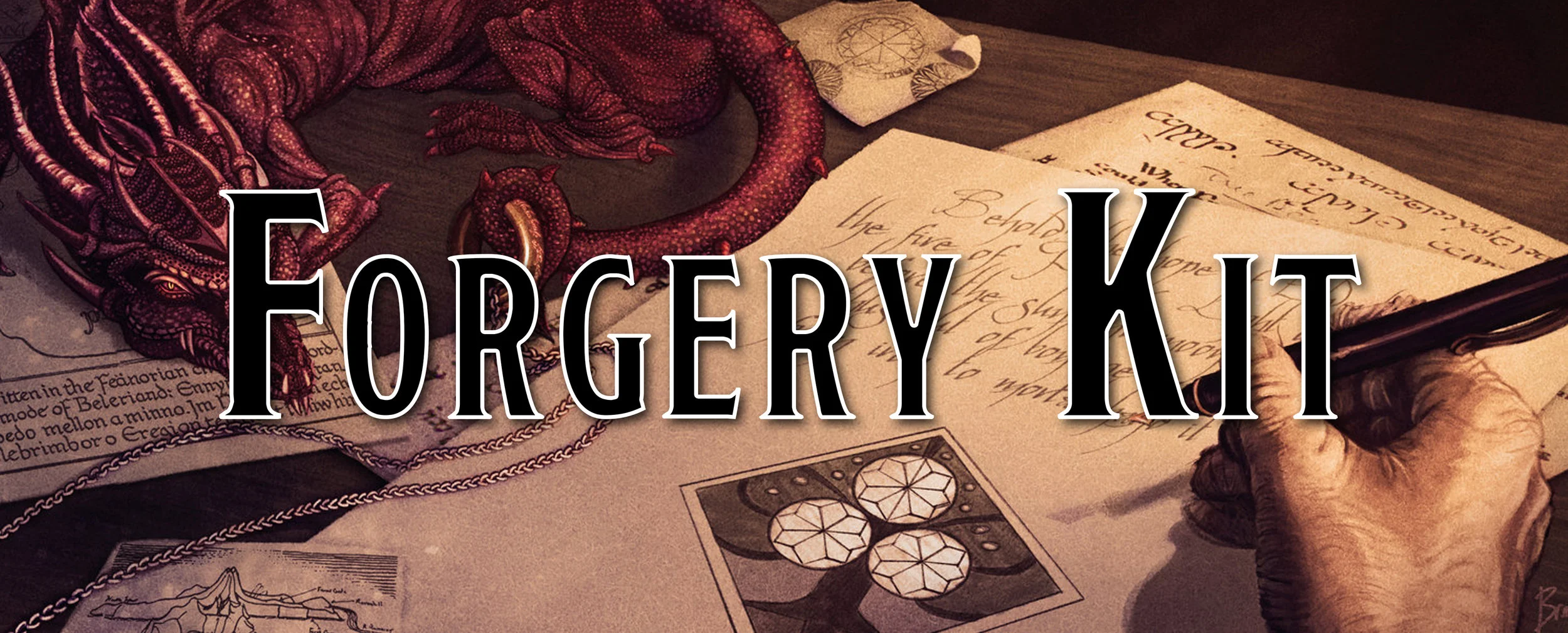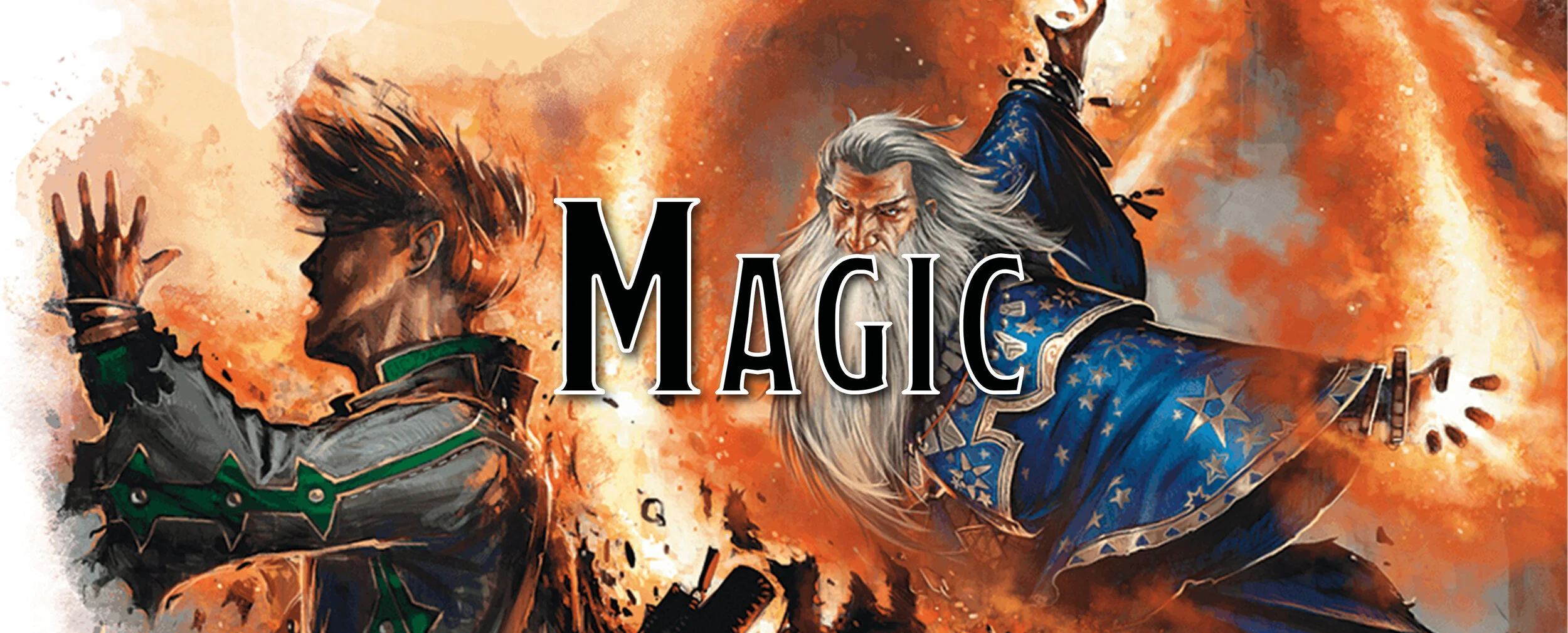More Tools for 5e: Engraver's Tools
Engraving has been used for decorations, for creating artwork, for scrawling on cave walls, and more. Carving images or words onto an item is the act of engraving upon it, and there is evidence that humans (or at least, near-humans) have been doing that since 430,000 years ago with the pseudodon shell found in Indonesia.
While some zig zag lines might not be overly an impressive design, the fact that people were engraving with purpose goes to show that they might have been creating art, and appreciating, art for a very long time. Which is what engraving is all about, graving in a design onto a hard and flat surface by cutting grooves into the object. Must of the time it is silver, gold, metal, or glass; but you can also engrave wooden printing plates, seashells, and anything else that excites the mind.
For those that don’t care about the how of my tool:
For best results in GM Binder, use a Chrome Browser
Engraver’s Tools
Engraving doesn't appear in the Player’s Handbook (2014), so I had to decide what you might scrounge up in a kit. To start with, the character gets a set of burin which are similar to precisely shaped chisels that allow the wielder to hand-push it across a surface, removing the top layer of material at different angles specific to the burin being used. Each burin provides a different flavor for the engraving with some creating deeper gouges, severe angles, or creating patterned lines with a single pass.
Engraving
To engrave an object requires you to have your tools as well as the object you wish to engrave. The difficulty of engraving an object is based on the size of the object and how complex of a design you are wanting to go. The pommel of a sword is only a few inches across, making it a small area, and you could include a single letter, which would be a very simple design. Or you might decide to engrave the sword’s blade, which would be a large area and decide to add in scrollwork, floral patterns to fill up the blade, and more. This would be a very intricate pattern and take much longer than just doing the simple design on its pommel.
Size
The size of an object you are hoping to engrave doesn’t take into account the full size of the object, but just the expanse you are engraving. This means that while a sword is considered a large object to be engraved, if you are just engraving the pommel, then that area is much smaller and only constitutes a small size for the purpose of determining the length of time and difficulty of the engraving. There are three options in this category: Small, Medium, and Large.
Small-sized objects are just a few inches across, if not smaller, and could be any important trinket someone has that they wish to make fancy. A pocket watch could use some engravings on the case or you might just be practicing your scrollwork on a chipped piece of metal. This size typically takes the least amount of time, based on the complexity of the design.
Medium-sized objects are anything up to six inches or less and could include the blade of an axe or engraving a piece of jewelry like a crown.
Large-sized objects is anything that is bigger than six inches across in any direction, and thus takes the most amount of time to complete - even for very simple designs.
Complexity
Depending on the complexity of the design, you could be done very quickly or it might take you weeks to finish the design, especially while you are out adventuring. This category is broken down into Simple, Moderate, and Intricate.
Simple designs might just be a few lines, a letter, or just a few dots so you can remember which dagger is yours when the rogue inevitably borrows it without asking… again. These are fast designs that can quickly be applied, though the size of the object might mean even a simple design still takes a long time.
Moderate designs have more shapes on them and may even include filler details like scrollwork, border designs, and complete words so that everyone knows your name when you plunge your sword into them.
Intricate designs are very complex with lots of patterns and shapes to dazzle the eye. This work requires a lot of planning and laying out the design, perhaps spending weeks just getting the ideas properly formatted in your head before you begin such an expensive project. This could be creating a plate for a printing press of people talking or it might be scrollwork and designs to be applied to a crown, depicting the story of the king’s rise to power.
Combining
Once you have determined the size and complexity of your engraving, you can then combine them together. Adding these two elements together gives you the amount of time it will take to create the design, as well as how hard it will be to engrave it. The more work you must do, the harder the DC becomes, just as the more intricate of a design you go with, the harder the DC becomes.
The DC starts at 8, you must then add in the Size modifier and the Complexity modifier. A Small size increases the DC by +1, Medium by +3, and Large by +5; the same goes for the Complexity, a Simple design increases the DC by +1, Moderate by +3, and Intricate by +5. Picking one from each category, a Small size and Simple design means that it is a DC 10 for you to make a Dexterity (Engraver’s Tools) check against.
If you were wanting to engrave a greatsword with a design fit for a king, it would be a Large size with an Intricate design. The DC would be 8 + 5 (Large) + 5 (Intricate) for a total of a DC 18.
The time it takes to complete the engraving is also reliant on the Size and Complexity, with the base time starting at 1 hour for a Small size and another hour for the Simple design. For a Medium size or Moderate design, it is 8 hours and for a Large or Intricate design, it is 40 hours. So to create a Small size and Simple Design, it would take 2 hours. For the king’s greatsword, a Large size with an Intricate design, it would take 80 hours.
Magic Engravings
There is more to engraving than just creating a pretty design, you can also imbue your design with arcane power. Assassins would love for a returning rune to be etched onto their dagger, allowing it to immediately return to their hand after they throw it, while a knight in shining armor would appreciate having good luck with them throughout their journeys. There are plenty of lost magical designs out there, and an engraver that can seek out even greater hidden knowledge is likely to become very wealthy indeed.
If you want a printer-friendly PDF of this tool, or any other tool, consider supporting us at the $1 tier on our patreon! All tools that I’ve created or will create in the future will be uploaded to our patreon in printer-friendly versions. We appreciate any and all support!
Like what we are doing here?
Support us on Patreon!
You’ll get early access to deep dives, our Homebrew Hoard, Monster Thursdays, and more!
Follow us on Twitter to keep up to date on everything we talk about!






